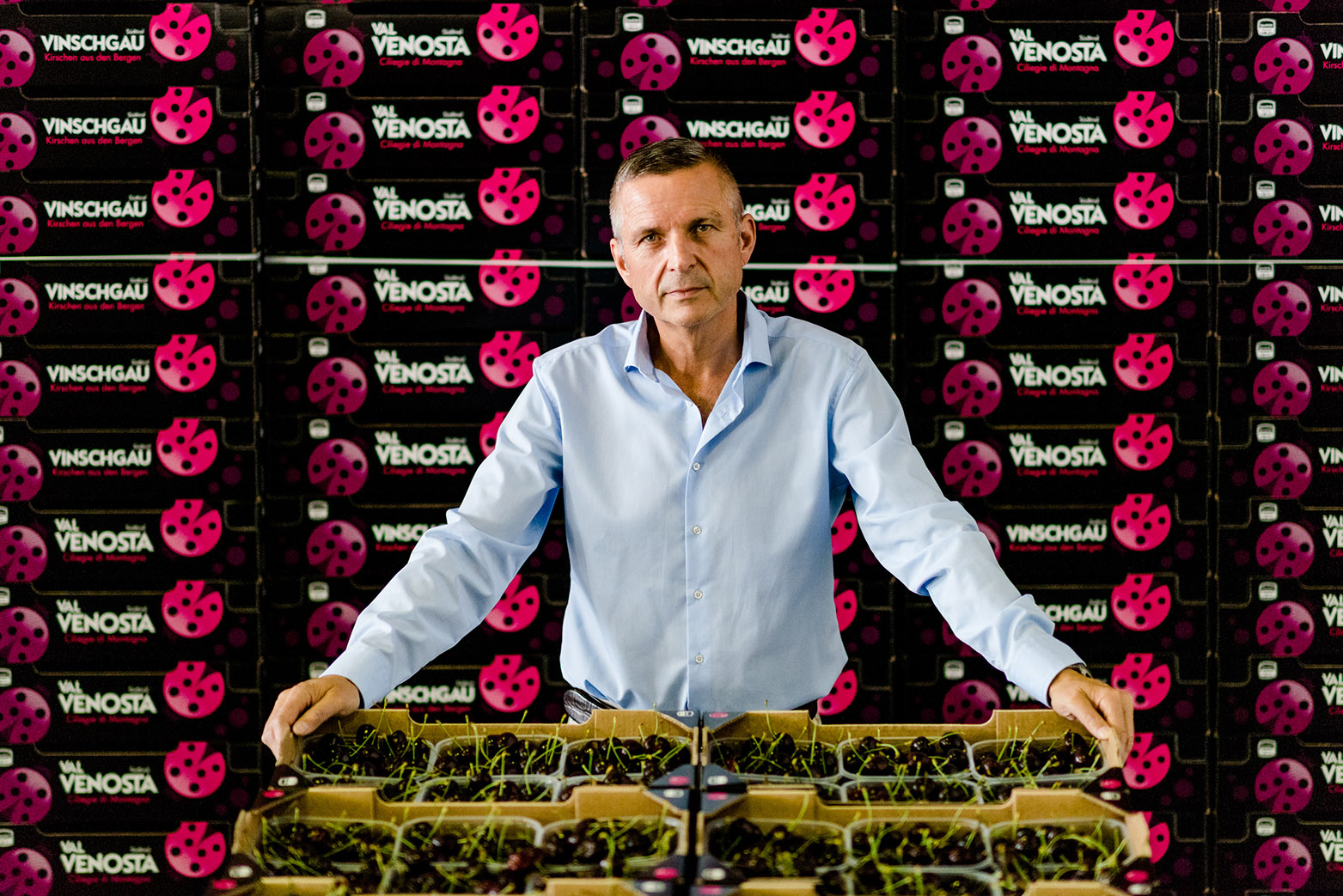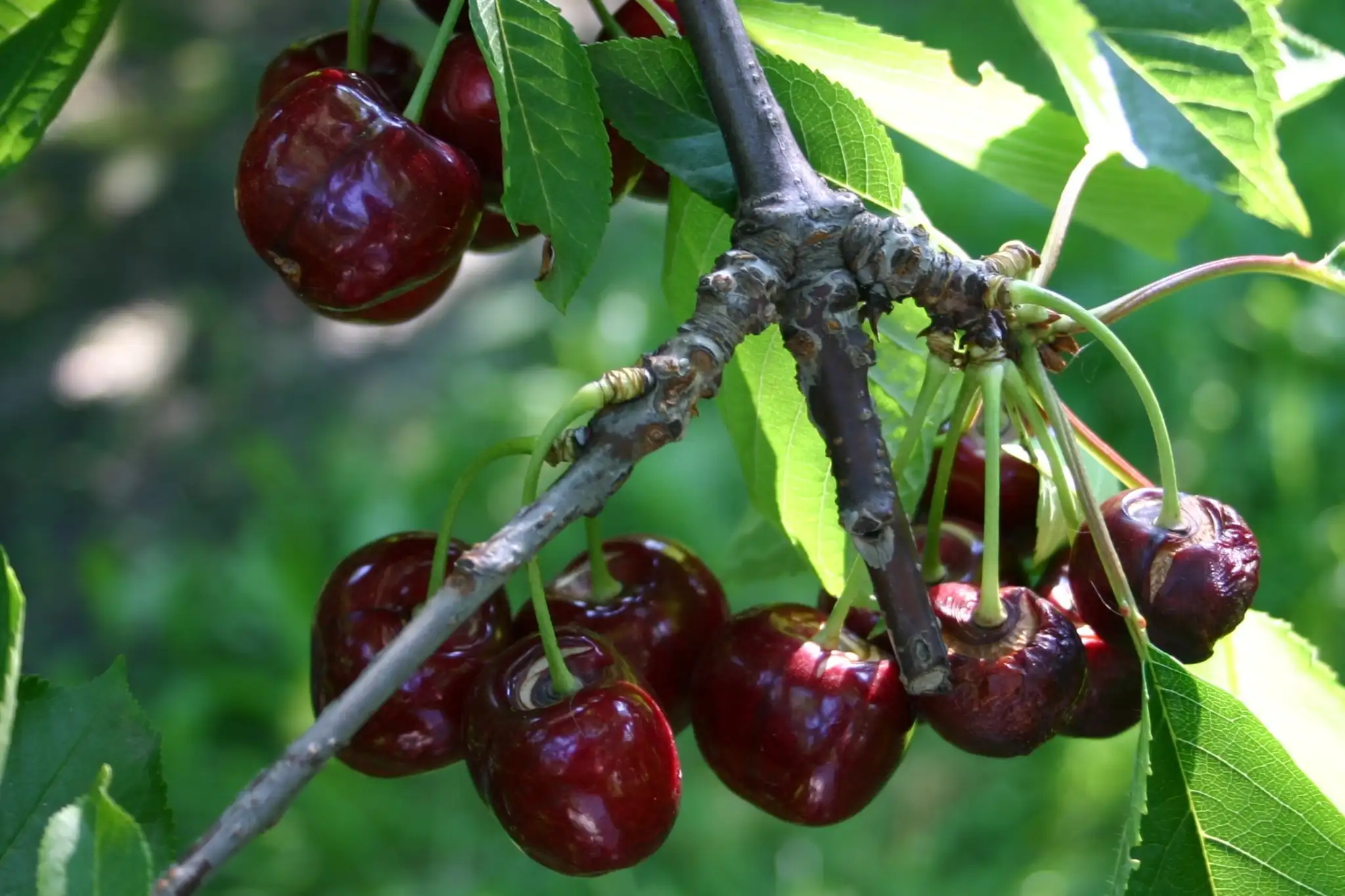The Meda® series cherry varieties are owned by International Varieties Unlimited (IVU), a company established in 2010 from a joint venture between an American cherry breeding company, the Proprietary Fruit Varieties (CA USA) of the late Marvin Nies, one of the largest cherry breeders, and a group of Chilean cherry nurserymen and exporters.
"The intent of this agreement," Alejandro Navarro, president of IVU, tells Cherry Times®, "was to select, develop and market new cherry varieties of high quality (high size, hardness and sweetness) and with good post-harvest performance (processing, storage, shelf life). After a selective process lasting more than 10 years and conducted on a variety potential of 80 Californian cherry genotypes, IVU licensed, patented and marketed six new varieties under the Meda® trademark: Meda Rex® IVU-115*, Meda Fox® IVU-548*, Meda Tiger® IVU-524*, Meda Bull® IVU-104*, Meda Wolf® IVU-105* and Meda Taurus® IVU-533*."
The cultivation of the varieties of the Meda Cherry® line internationally is managed and controlled by IVU through cultivation contracts with minimum planting rights. The varieties of Grupo Meda have been authorised by eight Chilean exporters who have accepted a minimum planting right of 600 hectares in total: Garces Fruit, Copefrut, Frusan, Cerasus, Ranco Cherry, Childresh, LQ Fruits and Polar Fruit. In addition, IVU has agreements with McDougall & Son (250 ha) in the US, Manuel Raventós (100 ha) in Spain and a contract is in the process of being closed in South Africa (100 ha) and Italy.
Meda Rex® IVU-115*
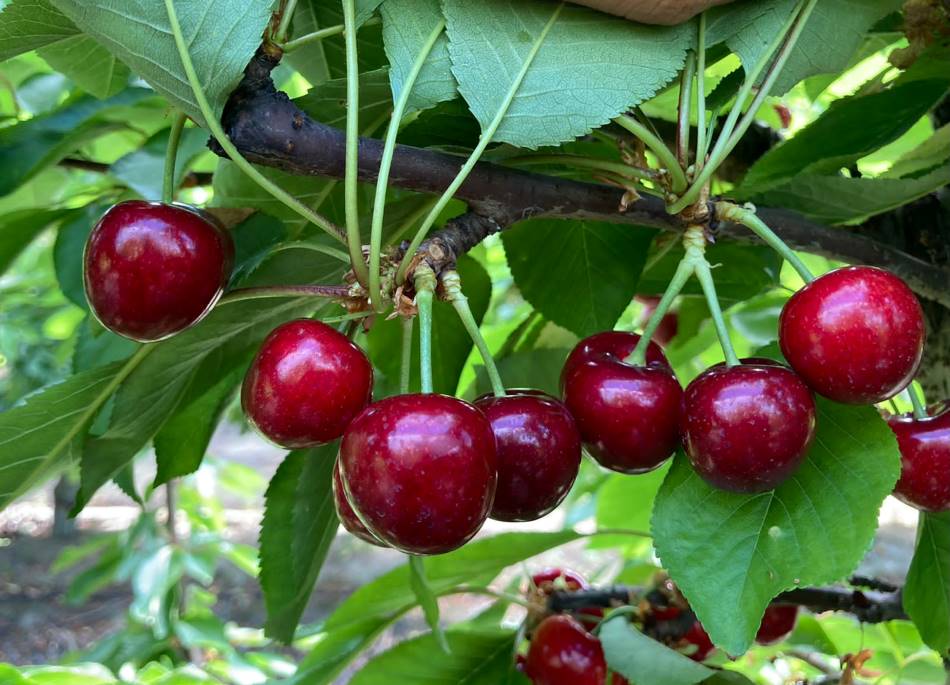
- Ripening: 12-14 days before Santina (2-4 days before Burlat).
- Flowering: early; self-incompatible (S1S4).
- Pollinators: IVU 533* and IVU 548*.
- Fruit: large size (28-30 mm), mahogany red colour, high firmness (D 88) and sweetness (22°brix).
- Very good firmness after harvest (35-40 days).
- Tree: high productivity, mainly on spurs.
- Chill requirement: 400-500 HF.
Meda Fox® IVU-548*
- Ripening: 9 before Santina (1 day after Burlat).
- Flowering: early; self-incompatible (S4S9).
- Pollinators: IVU 533* and IVU 115*.
- Fruit: large size (28-30 mm), mahogany red colour, high firmness (D 80) and sweetness (21°brix).
- Very good post-harvest shelf-life (40-45 days).
- Tree: high productivity.
- Chill requirement: 600 HF.
Meda Tiger® IVU-524*
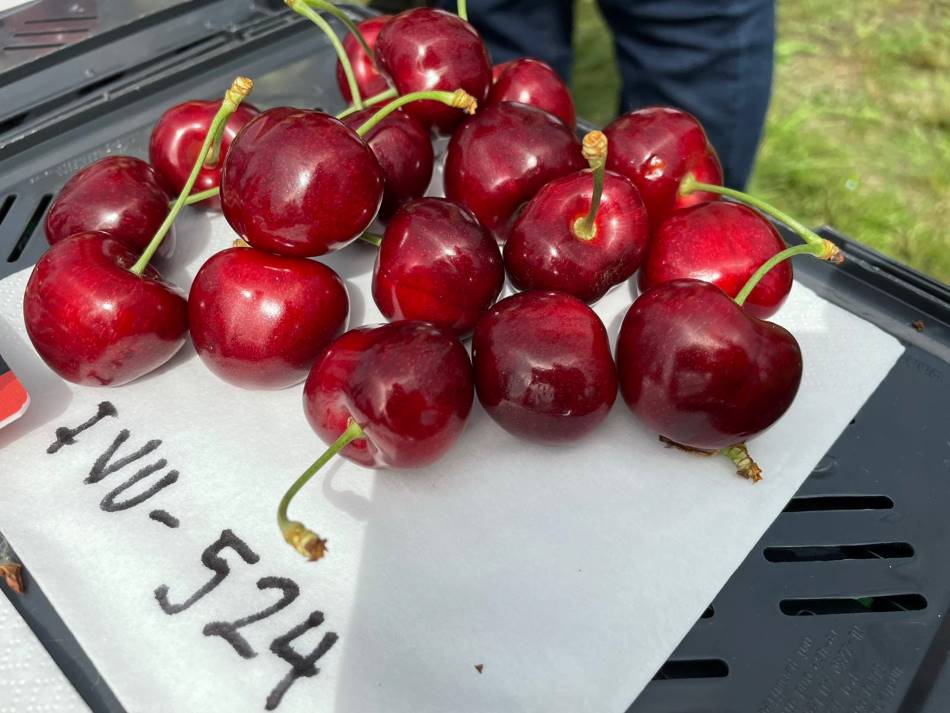
- Ripening: 7 before Santina (3 days after Burlat).
- Flowering: early; self-incompatible (S1S4).
- Pollinators: Lapins and IVU 533*.
- Fruit: very high calibre (30-34 mm), mahogany red colour, high firmness (D 85) and sweetness (20°brix).
- Very good post-harvest shelf-life (35-40 days).
- Tree: high productivity, both on spurs and one-year branches.
- Chill requirement: 600 HF.
Meda Bull® IVU-104*
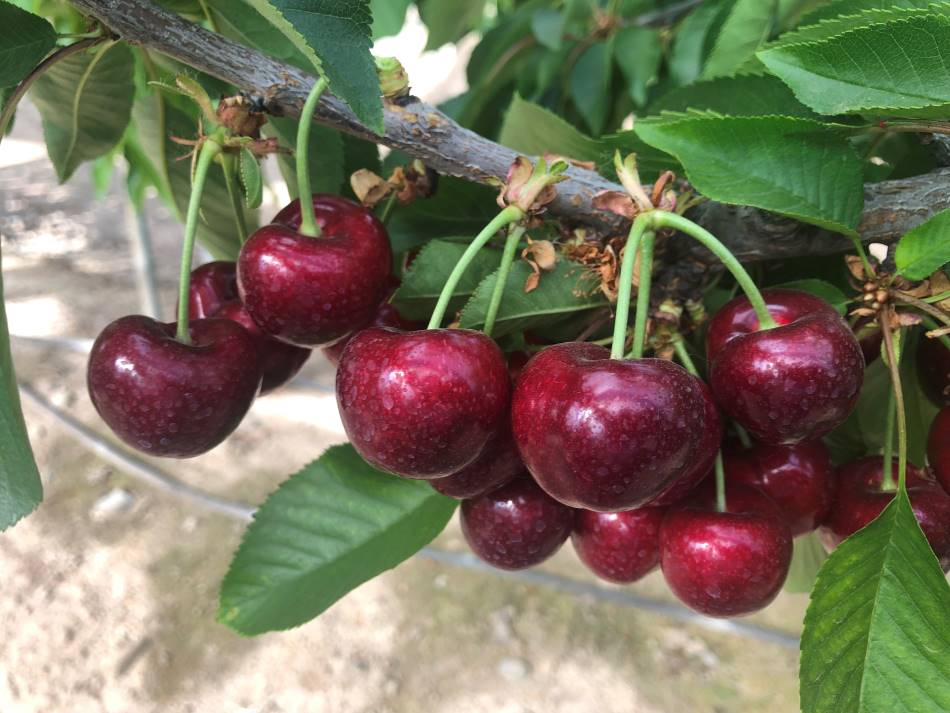
- Ripening: 5 days before Santina (5 days after Burlat).
- Flowering: early; self-incompatible (S1S3).
- Pollinators: Lapins.
- Fruit: large size (28-30 mm), mahogany red colour, excellent firmness (D 90) and sweetness (24°brix).
- Very good post-harvest retention (35-40 days).
- Tree: high productivity, both on spurs and one-year branches.
- Chill requirement: 400-500 HF.
Meda Wolf® IVU-105*
- Ripening: 3 before Santina (7 days after Burlat).
- Flowering: early; self-incompatible (S1S3).
- Pollinators: Lapins.
- Fruit: very high calibre (30-34 mm), mahogany red colour, high firmness (D 85) and sweetness (23°brix).
- Excellent postharvest shelf-life (40-45 days).
- Tree: high productivity, both on spurs and one-year branches.
- Chill requirement 600 HF.
Cherry Times - All rights reserved








